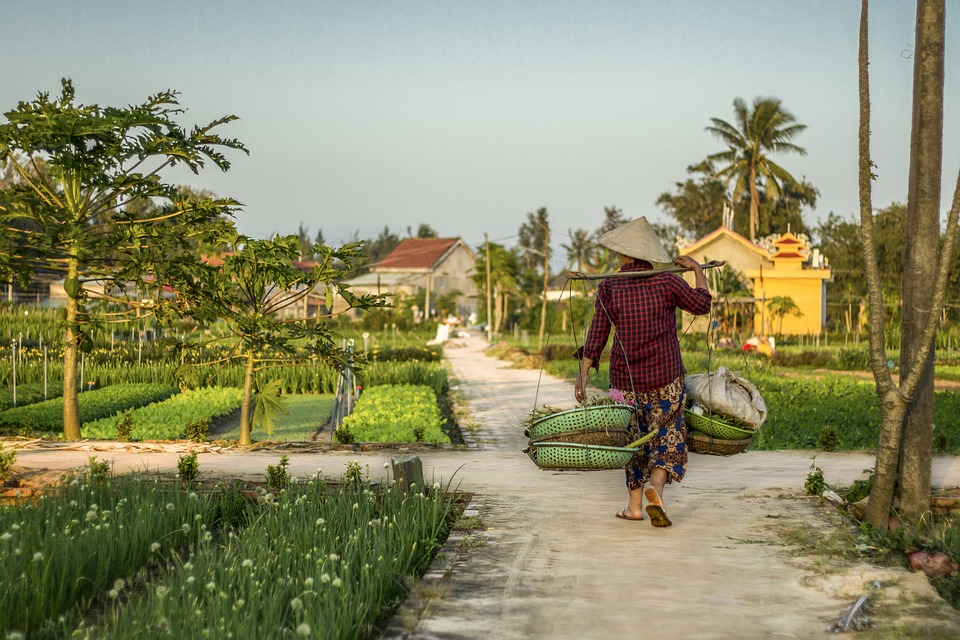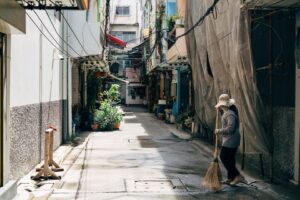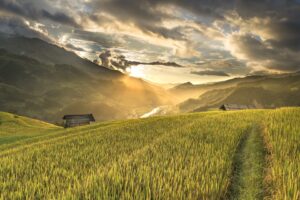Dominica travel agents can be of great help in organizing your trip to this wonderful island. Local travel professionals have a better knowledge of local conditions, how to obtain a visa, what are the best excursions for traveling to Dominica, etc.
Dominica is the largest of the Windward Islands in the Caribbean Sea. Dense tropical forests cover the steep slopes of volcanoes, mountain rivers and picturesque waterfalls run through narrow valleys, basking in the sun and fed by torrential rains. Dominica has many natural geographic and geological attractions and unique flora and fauna. It is often called the “Island of Nature”. The beaches of the island consist of volcanic rocks and tuff, so they have the original black and gray sand. The ocean is clear and calm on the Caribbean side of the island and more breezy on the Atlantic coast. This is one of the best places in the Caribbean for fishing and whale watching.
The island’s capital, Roseau, is located on the southwest coast. It is the main center of attraction for visitors to the country. This is one of the poorest capitals in the region, but at the same time, its ancient streets are always neatly arranged, the sidewalks are cleaned, and the cheerful disposition of the local population gives it a special flavor. There are many interesting architectural monuments and history in Roseau, ranging from the cobbled square of the Old Market to the colonial quarters with narrow streets, the stone Catholic cathedral, the Anglican Church, the Carnegie Public Library, the Museum of the Dominican Republic, and the Botanical Gardens with a rich collection of plants. The nightlife in the capital is very dynamic. Almost everywhere one can find regular folklore evenings with “original” costumes and folk music.
Kabrits National Park is located on a scenic peninsula north of Portsmouth. The area is famous for its coral reefs and the largest swamp on the island. The Kariba Region, the last indigenous settlement in the Caribbean, is located nearby. It is a huge rural area with traditional wooden houses surrounded by banana plantations. Throughout the country, there are sources of thermal waters and many hot springs with a unique water composition. The local geysers are very picturesque.
Morne Trois Pitons National Park lies at the foot of the homonymous peak in the south of the island, amid tropical forests and unique wildlife. Northern Forest Park is where the country’s highest point, Diablotin Volcano, is located. It is famous for its population of two extremely rare species of parrot, including the country’s national symbol, the imperial macaw.
Nestled among tropical forests and mountainous regions, a few resorts specialize in ecotourism, offering hiking and rafting in Dominica’s pristine regions. Dominica has excellent diving spots. The island’s rugged landscape is bathed in water, where volcanic processes have formed many arches, pinnacles and caverns, heavily overgrown with coral reefs and inhabited by amazing marine life. To the south of Roseau, there are several excellent spots for snorkeling and diving. The northern coast is no less interesting. The deep waters along the east coast provide excellent conditions for observing migrating whales and dolphins.
Motor cruising and sailing boats along the coast provide a great opportunity for snorkeling. The best places for beach holidays and water sports are in the Portsmouth area. The east coast is known for some excellent sandy areas, where the waters are calm enough for swimming and snorkeling.
Swimming in the secluded waters among the rocks and cliffs on the island is also very interesting. Trafalgar Falls, the Emerald Pool, the Layo River and the Tito Valley are particularly beautiful. There are more than 200 rivers in the country, many of which descend to the coast, forming picturesque waterfalls and rapids.




No comments! Be the first commenter?